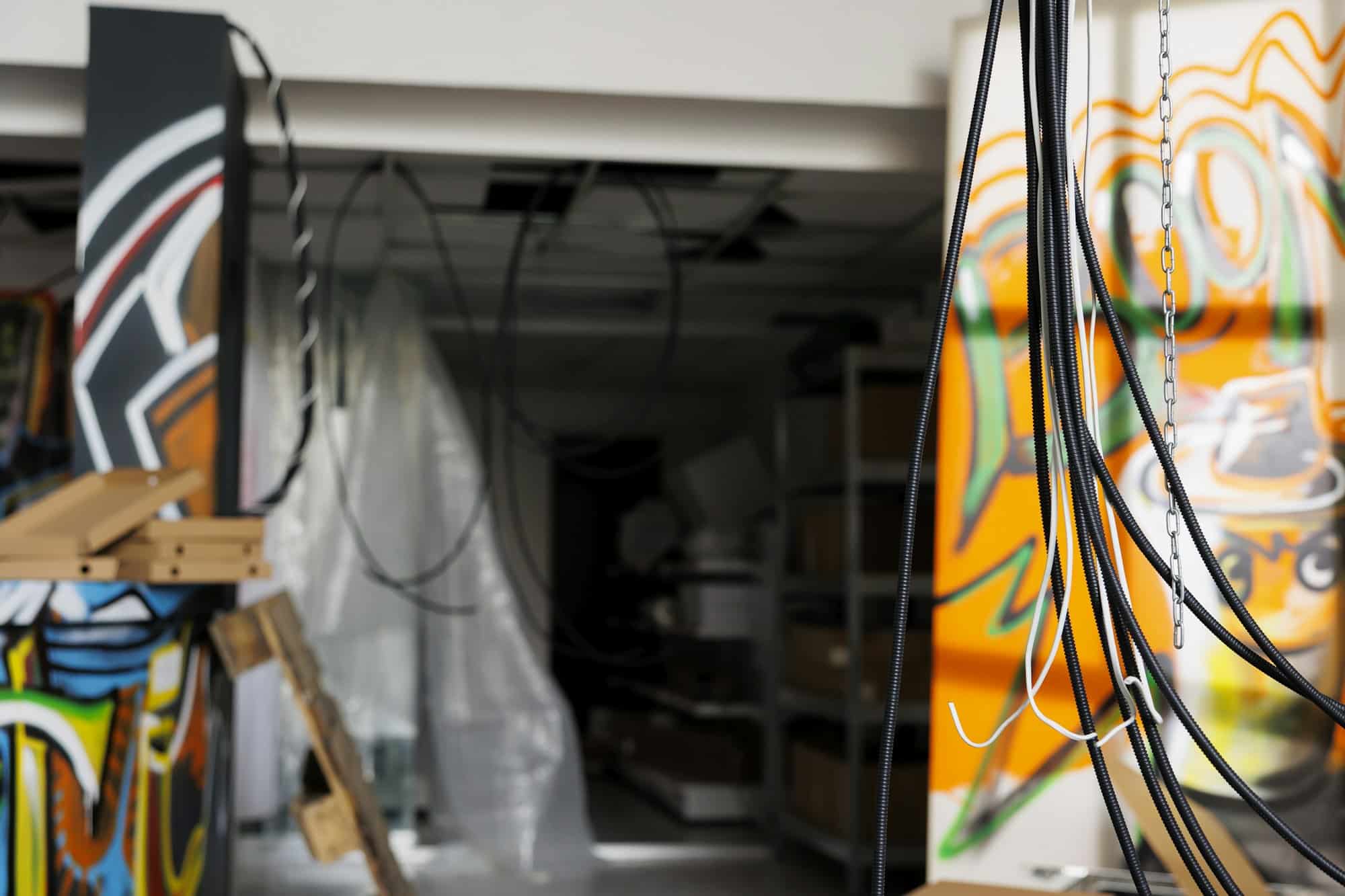Urban exploration : a complete guide to graffiti mural Art

When out and about, it's not uncommon to see colorful murals on the gray walls of big cities. It's a testament to the unique artistic expression of urban culture: graffiti mural art. This dynamic and often controversial art captures the imagination and arouses admiration. Let's discover its history, techniques and impact on contemporary society.
History and evolution of graffiti mural art
The origins of graffiti go back to the first manifestations of human artistic expression on primitive cave walls. However, it was in the 1960s and 1970s, in the context of the emerging hip-hop movement in New York, that modern graffiti took off. Young artists from marginal neighborhoods began to mark their urban territory with tags and graffiti, expressing their identities, struggles and dreams. Since then, graffiti has evolved into a recognized and respected art form. As you can see in this graffiti wall art, it explores an infinite range of styles, techniques and meanings.
Lire également : How can chatbots help freelancers find new clients ?
Discover the methods and materials used to create graffiti artworks
Creating outstanding graffiti art requires a mastery of techniques and the judicious use of appropriate tools. Graffiti artists explore a variety of methods to bring their ideas to life on urban walls. One of the most common techniques is spray painting. It enables paint to be applied quickly and fluidly to large surfaces. Artists master the use of different nozzles to achieve a variety of line effects, from fine to broad, and play with spray pressure to control the flow of paint.
In addition to spray cans, graffiti artists also use markers, stencils, rollers, brushes and even improvised props. All this enables them to create unique details and textures. Some even opt for mixed techniques, combining graffiti with other art forms such as collage or stencilling.
Lire également : Interior design in Philadelphia: Between tradition and innovation
Color selection is a crucial aspect of the creative process, as it determines the atmosphere and visual impact of the final work. Graffiti artists experiment with an infinite palette of bright, contrasting hues. They play with shadows, gradations and superimpositions to create visually dynamic compositions.
The influence of graffiti on urban culture
Graffiti goes far beyond artistic expression to become a cultural and social phenomenon deeply rooted in contemporary urban life. Beyond its marginal origins, graffiti has established itself as an art form in its own right. Today, it influences not only the art scene, but also popular culture and society as a whole.
Culturally, graffiti has become an emblematic element of urban culture, helping to define the visual identity of cities around the world. Graffiti works adorn the walls of urban neighborhoods, transforming public spaces into open-air art galleries. They embody the creative, rebellious energy of urban youth, offering an alternative platform of expression for marginalized voices and underground communities.
On a social level, it also plays an essential role in revitalizing neglected neighborhoods and building a sense of community. By taking over public spaces with their colorful, provocative creations, graffiti artists transform urban environments into places for encounters and exchange.
